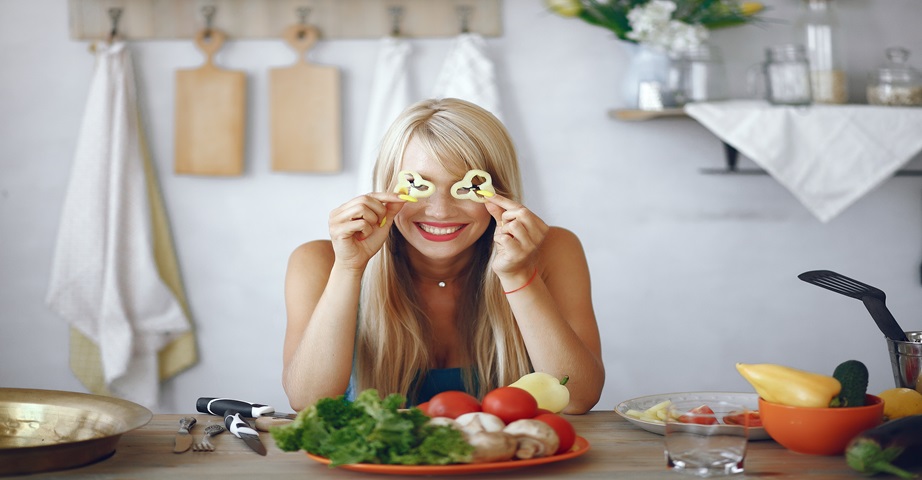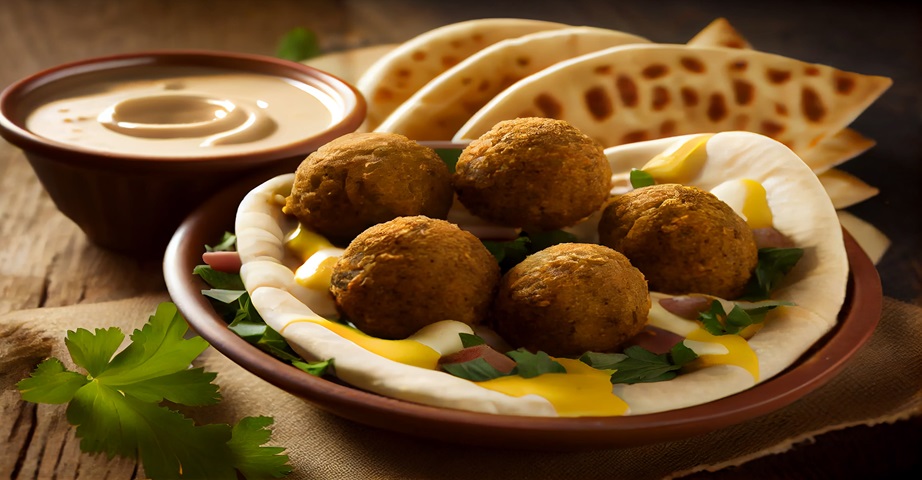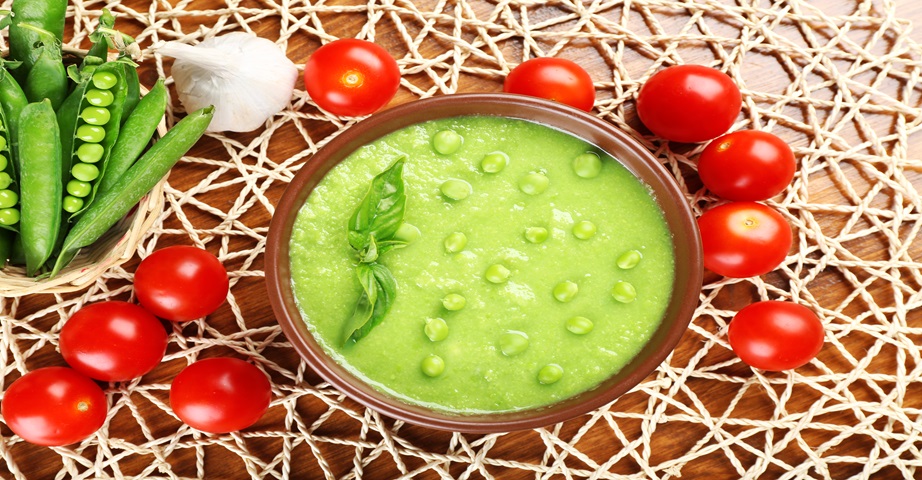Flexitarianism - flexitarian diet and its principles

Flexitarianism, or flexible vegetarianism, is a style of nutrition that involves increasing the consumption of plant-based products and the occasional consumption of meals containing animal foods. This is a very restrictive diet model that can affect not only humans, but also the environment, climate and planet. What are the assumptions of the flexitarian diet? What are the effects of flexitarianism? What does an exemplary menu on a flexitarian diet look like?
Summary
Flexitarianism - what is it?
Flexitarianism is a combination of the word "flexible" and "vegetarianism", that is a diet that eliminates meat, fish and seafood from the menu. It is a model of nutrition that limits the consumption of meat along with the daily diet, but unlike vegetarians, flexitarians do not completely give up meat foods, but only limit the consumption of animal products. Thus, the answer to the question "flexitarian diet - what is it?" it may be explained that this is a menu in which plant products dominate, and food of animal origin is only an addition in the daily diet.
Flexitarian diet - rules
Flexitarianism is not based on rigid rules and a specific, recommended amount of calories or macronutrients consumed. Thus, the flexitarian diet is a kind of lifestyle that does not impose strict restrictions, but allows you to individually adjust the nutrition plan to your own needs and preferences.
The main, and actually the only, principle of the menu is to limit the consumption of meat and animal products in favour of vegetables, fruits, whole grains products and legumes, which is a kind of compromise, which is a kind of compromise, between a healthy diet and a fit lifestyle, and a commonly used model of nutrition.
But what does the term "restriction of consumption of animal products" mean? Every consumer can interpret this statement differently. According to the EAT-Lancet report, the occasional inclusion of animal products in the diet consists in consuming a maximum of 5 servings of animal-based foods per week. Therefore, both when you eat cottage cheese once a week, and when you include meat three times in seven days, you can call yourself a flexitarian.
Recommended dietary supplements
Flexitarian diet - environmental effects
The flexitarian diet is a nutritional strategy that can have a positive impact on the environment and climate change - reducing meat consumption can contribute to reducing its production and animal husbandry, this, in turn, can minimize food waste and reduce greenhouse gas emissions, which can have a positive impact on the planet and maintain optimal living conditions in the world. Furthermore, flexitarianism can reduce water consumption, as animal husbandry for meat requires much more water than plant cultivation. As if that were not enough, land for pasture and land for forage cultivation are needed for animal husbandry, which is increasingly obtained by logging forests. By limiting the consumption of meat, a person can also contribute to the reduction of deforestation.
Flexitarian diet - health effects
In addition to the impact on climate change, the flexitarian diet can also affect well-being and human health. Reducing the consumption of meat, in particular red meat, may contribute to reducing the risk of developing cardiovascular disease and type II diabetes. Moreover, flexitarianism can have a beneficial effect on weight reduction, because it involves the consumption of low-energy foods that are distinguished by a high content of fiber, vitamins and minerals. The richness of dietary fiber can also have a positive effect on digestive processes and intestinal peristalsis.
However, the flexitarian diet can also have some disadvantages. Reducing the consumption of animal products may contribute to the occurrence of nutritional deficiencies, in particular to too low levels of vitamin B12, iron, calcium and zinc, as well as EPA and DHA fatty acids. Interestingly, there are also studies that suggest that the flexitarian cuisine can have a negative impact on the relation with food - flexitarians, whose main goal is to reduce body weight, they may impose greater dietary restrictions on themselves, maintaining restraint in food intake, which may be interrupted by episodes of overeating, which may negatively affect the healthy relation with food.

Flexitarian diet - 3-day menu
A balanced flexitarian diet is a menu that is based on products of plant origin and provides the body with all the necessary nutrients, but does not exclude eating meat. This is a nutrition plan in which occasional meat consumption is allowed, but the primary source of macro-and micronutrients are whole-grain cereals, vegetables, fruits and legumes, and vegetable oils, which provide the body with significant amounts of healthy fats. What does the exemplary menu of the flexitarian diet look like?
Day I
| Meal | Ingredients | Method of preparation |
|---|---|---|
| Breakfast - chocolate oatmeal on a vegetable drink |
|
|
| Second breakfast - vegetable salad with pumpkin seeds |
|
|
| Lunch - pasta with tomato sauce and spinach |
|
|
| Dinner - two slices of wholemeal bread with hummus |
|
|

Day II
| Meal | Ingredietns | Method of preparation |
|---|---|---|
| Breakfast - millet porridge with fruit |
|
|
| Second breakfast - green smoothie |
|
|
| Lunch - chicken thigh baked in the roasting bag with potatoes and salad |
|
|
| Dinner - cream soup with green peas |
|
|

Day III
| Meal | Ingredients | Method of preparation |
|---|---|---|
| Breakfast - pudding chia on coconut milk with raspberry mousse |
|
|
| Second breakfast - oat cookies |
|
|
| Lunch - falafel in tortilla with vegetables |
|
|
| Dinner - two slices of wholemeal bread with celery pate |
|
|

